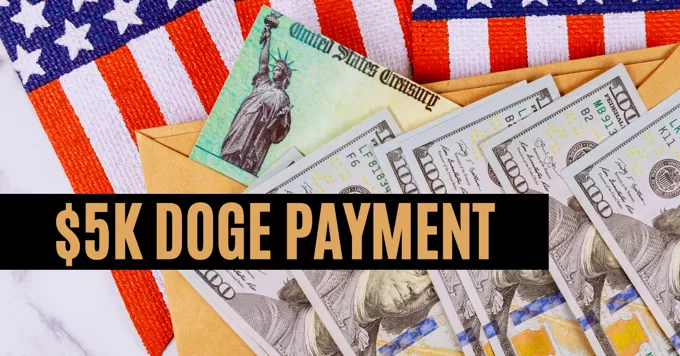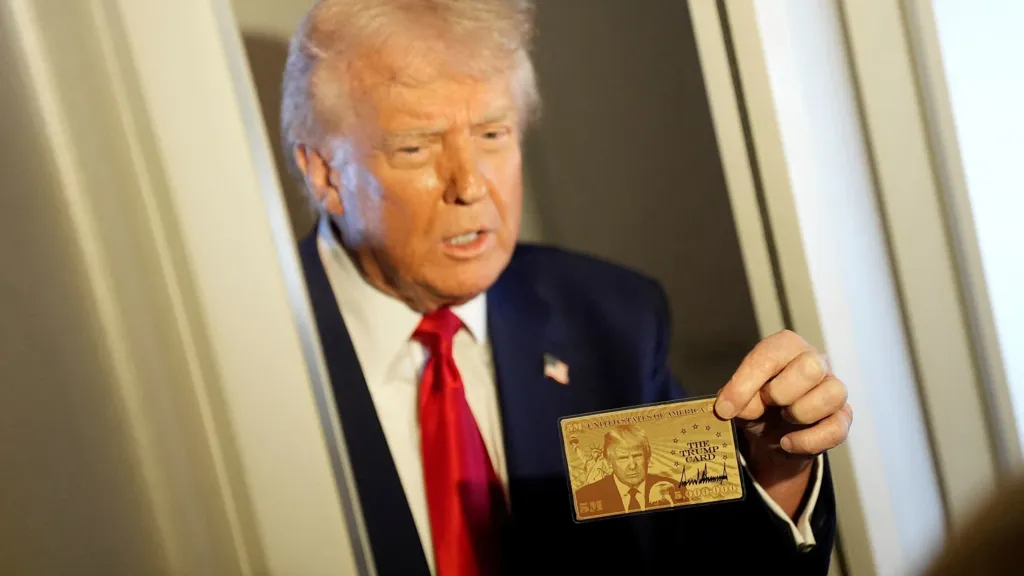In a move that has captured national attention, President Donald Trump and tech entrepreneur Elon Musk are exploring a proposal to distribute substantial "DOGE dividends" to American taxpayers. This initiative aims to return a portion of the savings achieved by the Department of Government Efficiency (DOGE) directly to citizens, potentially resulting in payments of up to $5,000 per household.
The Genesis of the DOGE Dividend
The concept of the DOGE dividend emerged from James Fishback, CEO of the investment firm Azoria. Fishback suggested that 20% of the savings generated by DOGE's cost-cutting measures be allocated as direct payments to taxpayers. He posited that if DOGE realizes its ambitious goal of $2 trillion in savings, this could translate to approximately $5,000 for each of the 79 million tax-paying households in the United States.
Elon Musk, who leads DOGE, responded positively to Fishback's proposal, indicating he would discuss the idea with President Trump. Subsequently, during an investment conference in Miami, President Trump expressed support for the initiative, suggesting that 20% of DOGE's savings be returned to citizens and another 20% be used to reduce the national debt.
Potential Economic Impact
While the prospect of a $5,000 payment is enticing to many Americans, economists caution about potential unintended consequences. Injecting a large sum of money into the economy could exacerbate inflationary pressures, especially during a period of economic recovery. Preston Brashers, a senior tax policy analyst at the Heritage Foundation, warned that such a move could "reignite inflation rather than provide economic stability."
Additionally, the proposal faces significant legislative hurdles. Allocating federal savings for direct payments would require Congressional approval, and lawmakers may have differing views on the best use of these funds. Some legislators advocate for using the savings to reduce the national debt or fund essential public services, rather than direct disbursements to taxpayers.
Public Reception and Political Implications
The idea of a DOGE dividend has garnered mixed reactions from the public and political figures. Supporters view it as a tangible benefit of government efficiency efforts, providing direct financial relief to taxpayers. Critics, however, question the feasibility of achieving the projected savings and express concern over potential cuts to essential services.
The proposal also raises questions about the role of private sector leaders in government operations. Elon Musk's involvement in spearheading DOGE and influencing fiscal policy highlights the increasing intersection between business and government. This collaboration has sparked debate over accountability, transparency, and the appropriate boundaries of private influence in public affairs.
Conclusion
The proposed DOGE dividend represents a bold and unconventional approach to fiscal policy, aiming to reward taxpayers directly from government savings. While the potential for a $5,000 payment per household is appealing, the proposal must navigate economic, legislative, and political challenges before becoming a reality. As discussions continue, the nation watches closely to see how this innovative idea unfolds and what it may signify for the future of government efficiency and taxpayer benefits.
SOURCES: Trump and Musk Consider 'DOGE Dividend' for Taxpayers






